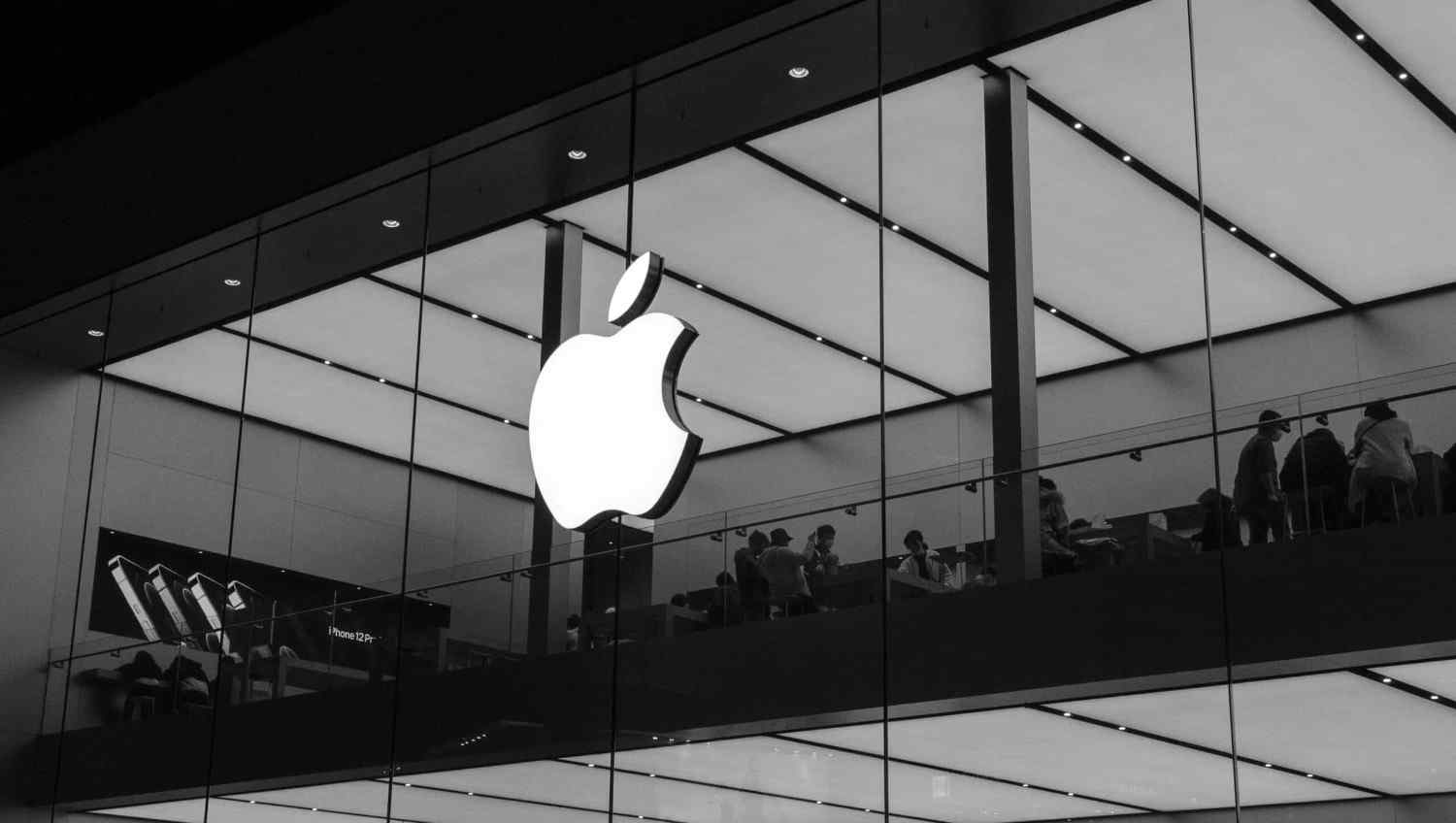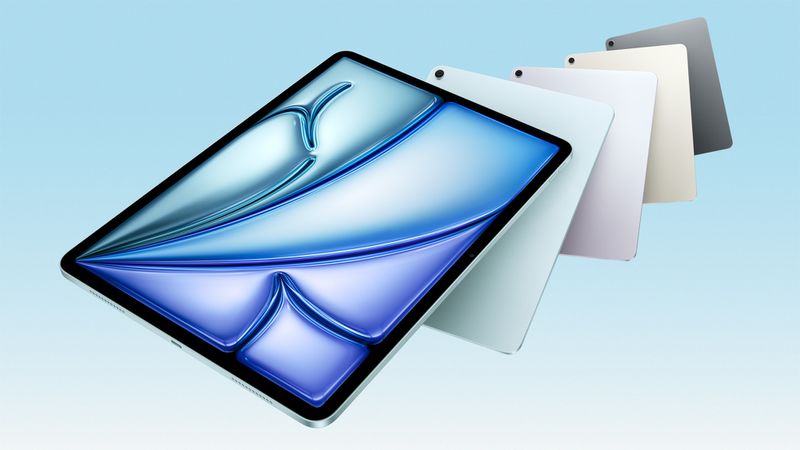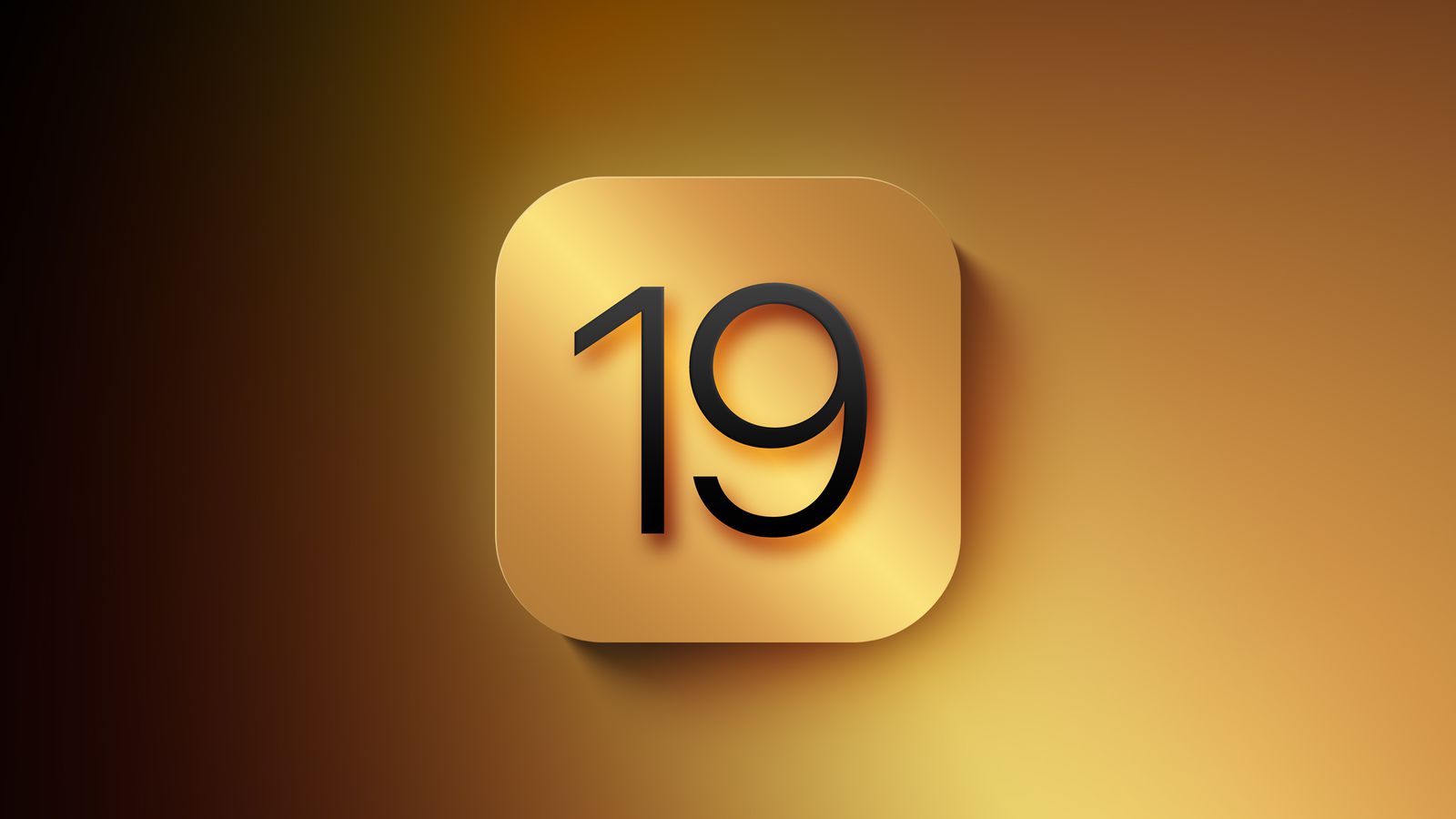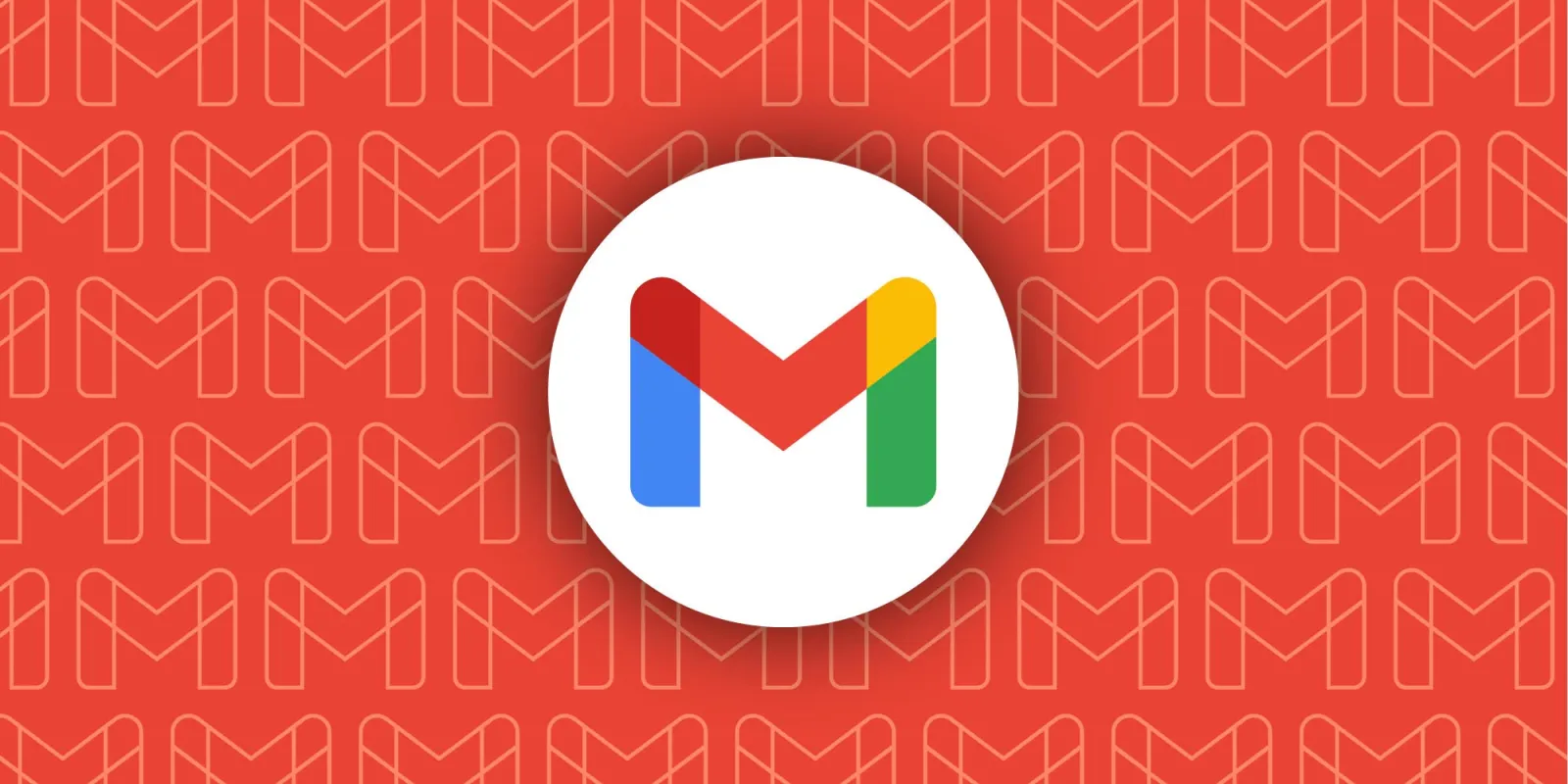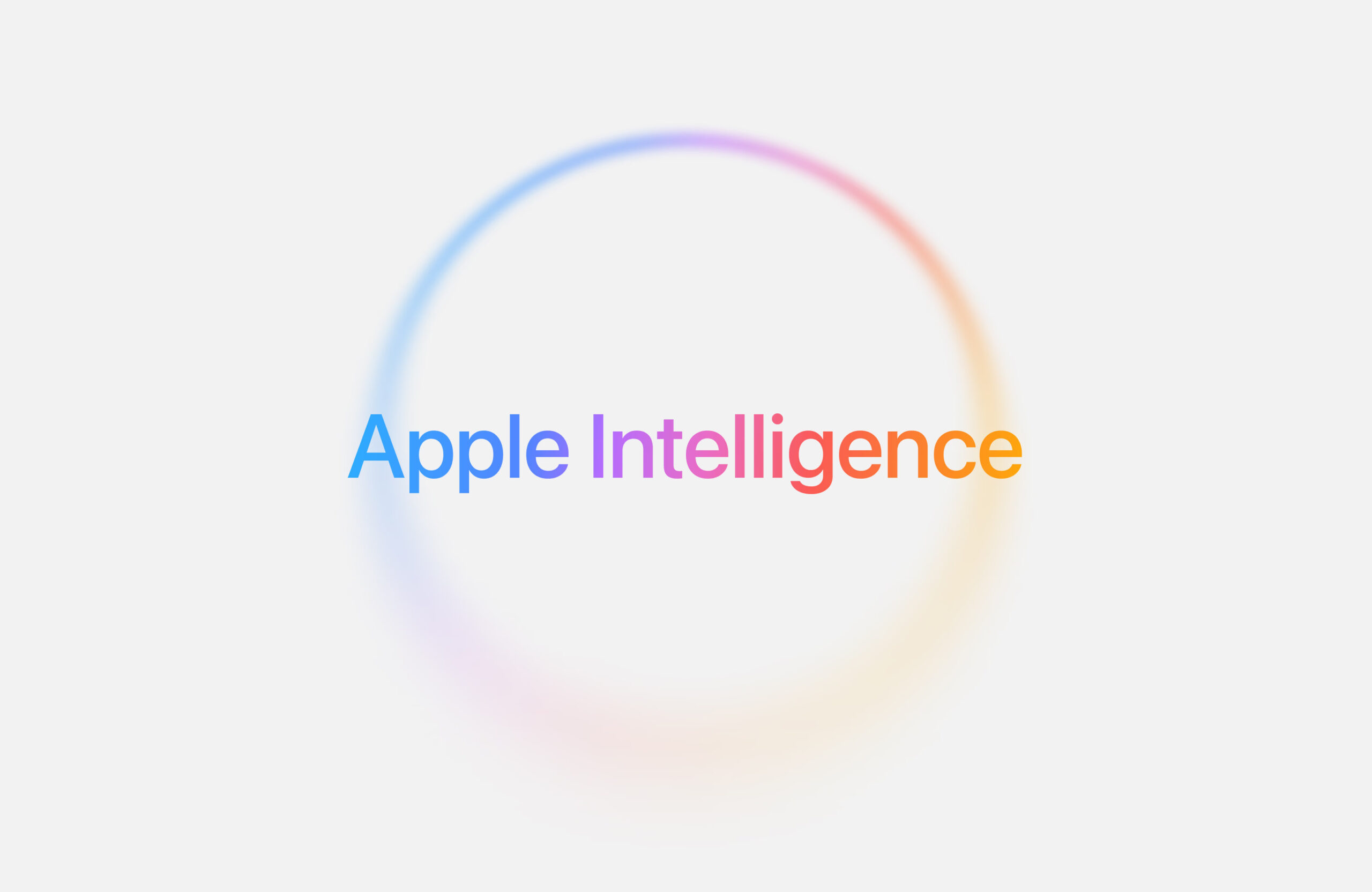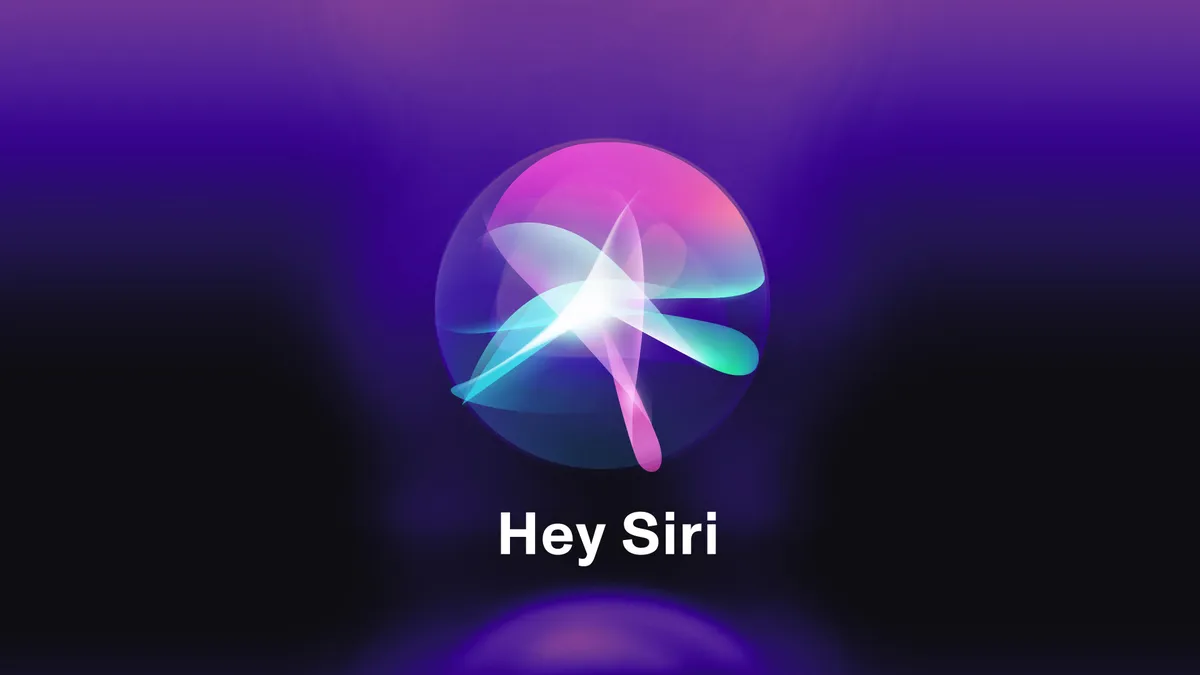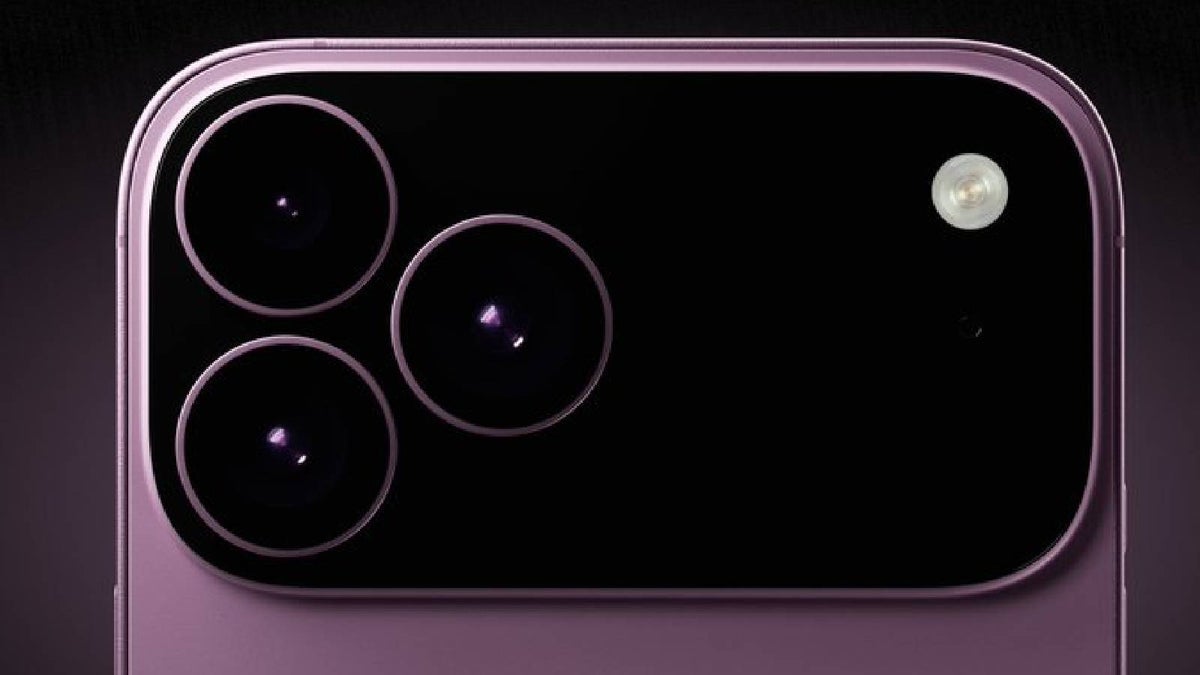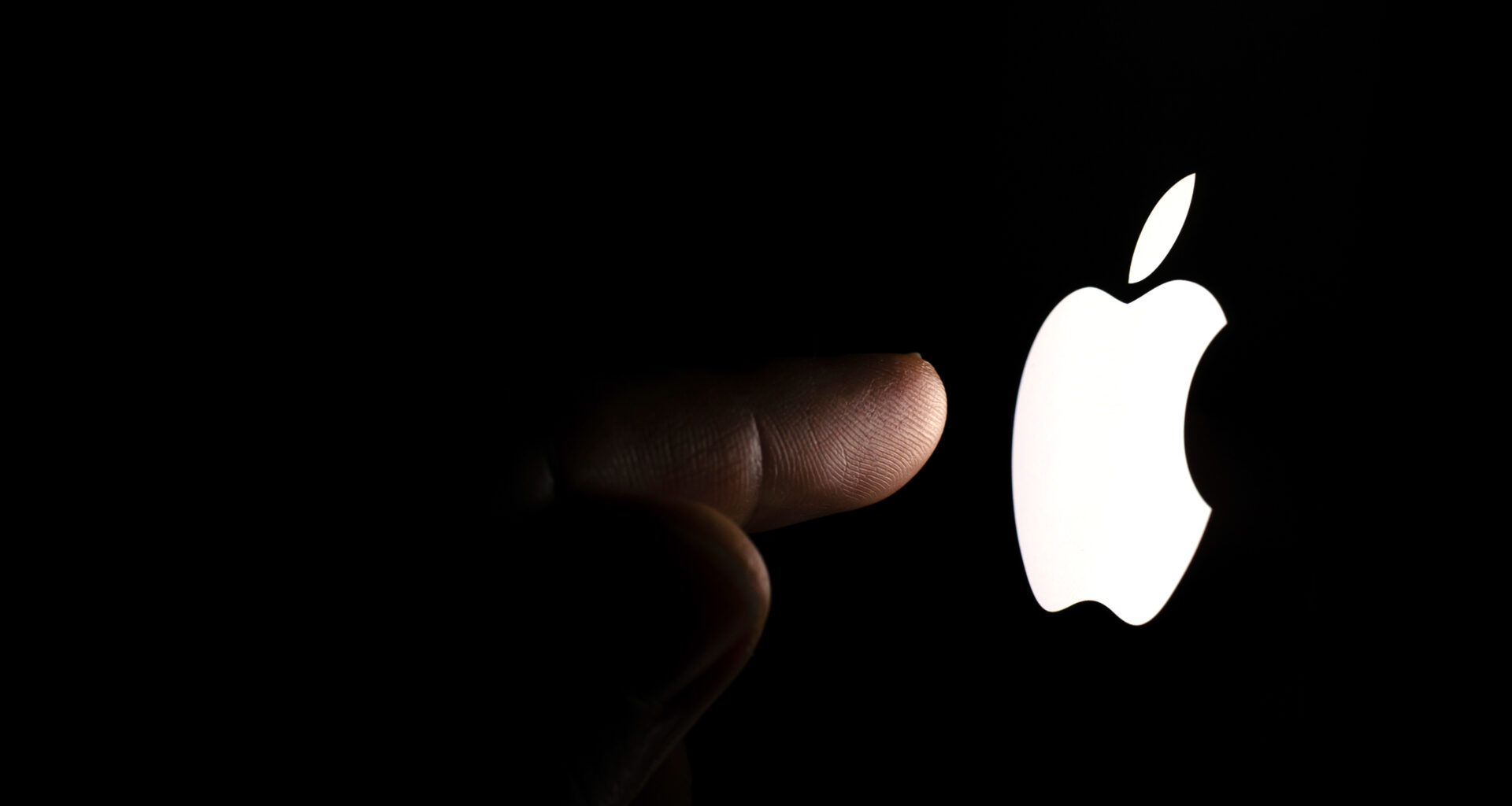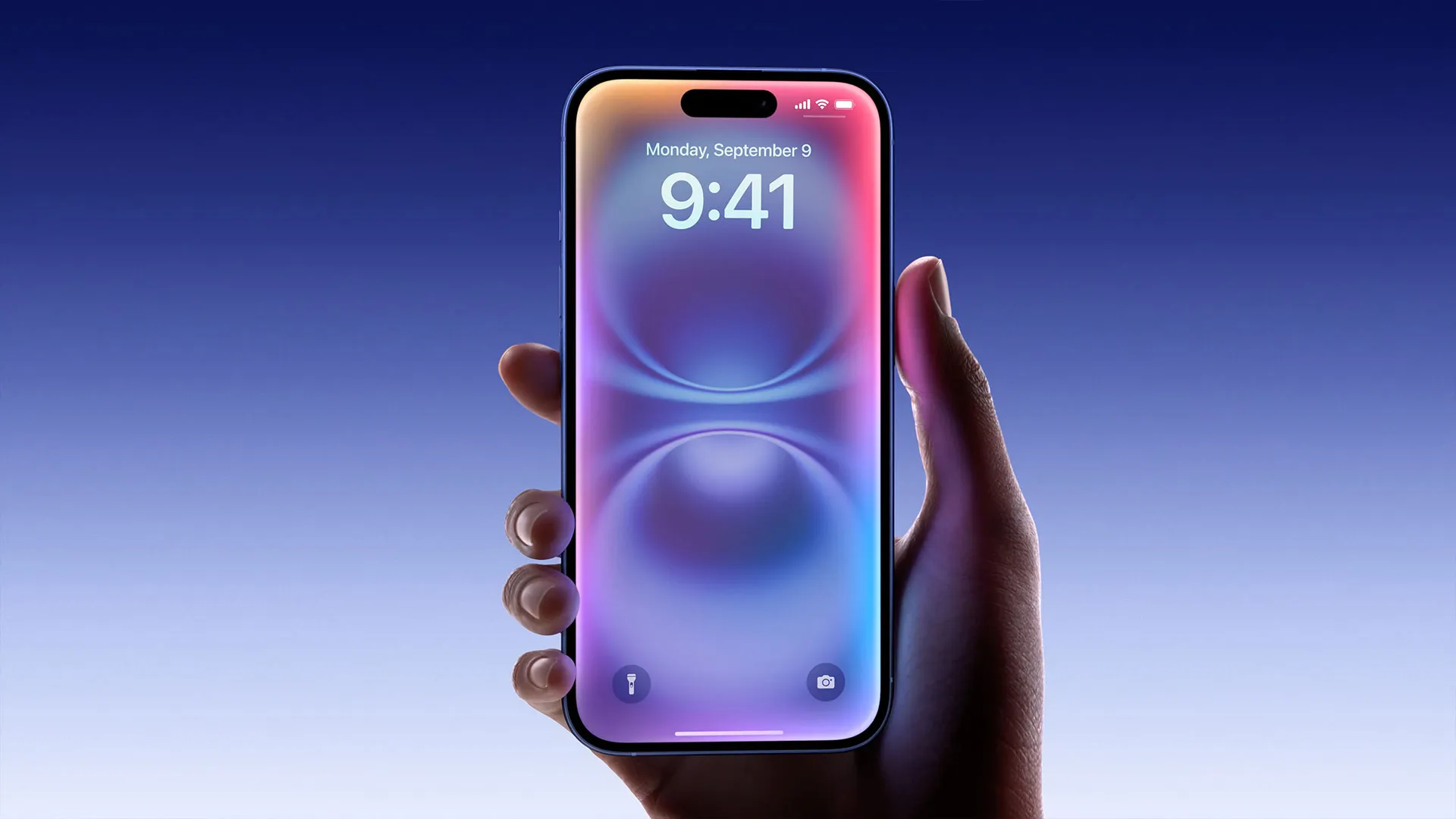Apple is collaborating with Anthropic to develop a new AI-driven coding tool named “CodeFlow,” as reported by Bloomberg. This innovative software is designed to assist developers by generating, refining, and testing code seamlessly. Integrated into an enhanced version of Apple’s Xcode platform, CodeFlow leverages Anthropic’s Claude Sonnet model, renowned for its exceptional coding capabilities.
Currently, Apple intends to use CodeFlow internally to streamline its development process. There’s no confirmation yet on whether it will be released to the public. The tool features a conversational interface, enabling programmers to request code samples or troubleshoot errors effortlessly.
It also supports testing app interfaces, speeding up the creation process significantly. Apple is actively partnering with multiple AI firms to advance its tech offerings. For instance, OpenAI’s ChatGPT enhances some of Apple’s AI functions, and there’s talk of integrating Google’s Gemini later.
Anthropic’s Claude is a favorite among coders, widely used on platforms like Cursor and Windsurf for its reliability in programming tasks. This collaboration underscores Apple’s commitment to leading in AI innovation, as competitors increasingly adopt similar tools to boost efficiency.
Through this partnership with Anthropic, Apple is set to revolutionize its coding workflow and may eventually extend CodeFlow to external developers. This effort reflects the growing role of AI in transforming software development, making it faster and more accessible for creators everywhere.
